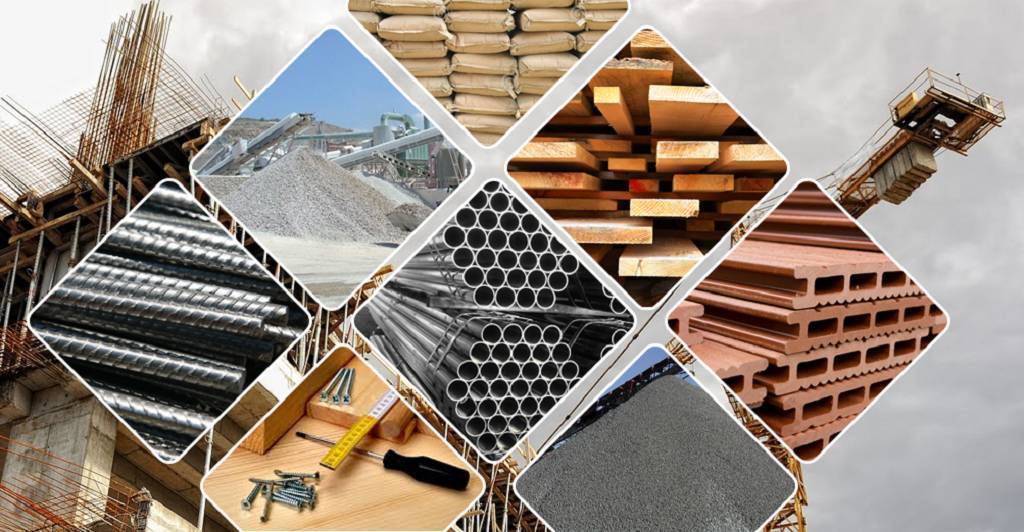AESA PROGRAMMES
- Building R&D Infrastructure
- Developing Excellence in Leadership, Training and Science in Africa (DELTAS Africa)
- Human Heredity and Health in Africa (H3Africa)
- Africa’s Scientific Priorities (ASP)
- Innovation & Entrepreneurship
- Grand Challenges Africa
- Grand Challenges Innovation Network
- Rising Research Leaders/Post-Docs
- AESA RISE Postdoctoral Fellowship Programme
- African Postdoctoral Training Initiative (APTI)
- Climate Impact Research Capacity and Leadership Enhancement (CIRCLE)
- Climate Research for Development (CR4D)
- Future Leaders – African Independent Research (FLAIR)
- Critical Gaps In Science
- Clinical Trials Community (CTC)
- Community & Public Engagement
- Mobility Schemes: Africa-India Mobility Fund
- Mobility Schemes: Science and Language Mobility Scheme Africa
- Research Management Programme in Africa (ReMPro Africa)
- Science Communication/Africa Science Desk (ASD)
- Financial Governance: Global Grant Community (GGC)
- AAS Open Research
- CARI Programmes
- Evidence Leaders Africa (ELA)

News
Innovative building materials to meet the growing demands of urban development in Africa

198
Innovative building materials to meet the growing demands of urban development in Africa
Blog by Noël Djobo, Cameroonian Materials Scientist and AAS Affiliate
Summary
The increasing demand for housing triggered by a growing urban population and corresponding investment in infrastructure is driving up the demand for construction materials in Africa. Improved, eco-friendly cement-based materials can cater to local needs as Africa’s urban infrastructure grows.
Challenges of cement-based building materials in Africa
Africa's economic rise has caused a high demand for housing and infrastructure. This rapid growth presents urgent challenges for urban infrastructure planners and the entire construction sector.
Worldwide, concrete is the most consumed material after water; experts estimate its production to account for approximately 50% by mass of overall materials that the world produces. This clearly indicates the usefulness of concrete for the modern world as the main building material for commercial structures, housing, roads, bridges, etc. However, cement -- the main material in concrete -- is responsible for 8-10% of the total carbon dioxide emissions in the world. The world production of cement is expected to reach around 13.5 Gross Tonnes (GT)/year by 2050. Within this, the proportion of cement produced in Africa is expected to rise from 26% of global output currently to 37% by 2050. This is related to the rapid growth of the urban population in Africa and the corresponding need to develop affordable housing and suitable infrastructure.
Apart from the environmental concern of cement production, the cost of cement remains higher in sub-Saharan Africa than it is in industrialised countries. This is because of the shortage of cement plants and poor road infrastructure for transportation. Moreover, some of the raw materials required for making traditional cement can be unavailable, inaccessible and/or of insufficient quality. The development of low carbon-emitting, cement-based materials and construction technology from local materials contributes to resilient infrastructure, promotes inclusive and sustainable industrialisation, and fosters innovation (SDG 9). These steps are necessary to make cities and human settlements inclusive, safe, resilient and sustainable (SDG 11), and their development calls for urgent action to combat climate change and its impacts (SDG 13).
Bespoke innovative solutions for sustainable building materials in Africa
Africa must develop bespoke solutions for building material innovation to meet the African Union Agenda 2063 -- Africa’s blueprint and master plan for transforming Africa into the global powerhouse it has the potential to be. To achieve this, technologies must be based on locally available mineral resources.
Having grown up in a low-income family and country, I am motivated to develop a career in research and innovation, which are the drivers to overcome poverty in Africa. My particular interest in cement-based materials enables me to focus on increasing the supply of affordable housing and infrastructure for Africa’s growing population.
The natural resources of Africa have broad potential to transform current standards to high-performance and low-cost building materials to boost local economies and decarbonise the building sector. The local mineral resources include clays, lateritic soils, and natural pozzolan (volcanic rocks and ashes). These materials have the advantage of being mined with a very limited impact on the environment and are widely available across the continent. These factors lend themselves to the ability to build small plants to develop novel materials almost anywhere. In addition, agro-industrial waste (sugar bagasse cane, rice husk, etc.) are used in the synthesis process. My research focuses on using above-mentioned raw materials as the main component for developing alternative binders through a chemical reaction with an acid or alkaline medium near room or mild temperature.
So far, I have examined the underlying chemical reactions and synthesis parameters to understand the suitability of these natural mineral resources and, agro-industrial waste for developing low carbon cement-based materials. This work also assesses the micro- and macroscopic characteristics as well as the short- and long-term properties of these building materials to achieve the desired applications and qualities, including durability. From this work, I could design the processes of getting alternative binders from volcanic ash and lateritic soils or clays with interesting properties comparable and/or sometimes better than traditional binders. These properties include good initial and final setting times, good workability, high early and late age mechanical properties, and excellent durability. The novel binders developed are applied in a large scale for making concrete blocks, stabilising compressed earth bricks, and as rapid repairing mortar for damaged concrete structures.
The promising findings so far underscore the urgency of finding home grown solutions for local problems, avoiding a one-size-fits-all solutions adapted from outside the continent.
About Noël Djobo

Noël Djobo is a Cameroonian materials scientist and research officer at the Local Materials Promotion Authority (MIPROMALO), a research institute under the Ministry of Scientific Research and Innovation of Cameroon. Noël’s research interest is in developing eco-friendly construction materials from locally available mineral resources to reform/transform the construction sector. He is an AAS Affiliate. The AAS Affiliates Programme recognises, mentors and develops early career researchers into world-class research leaders.